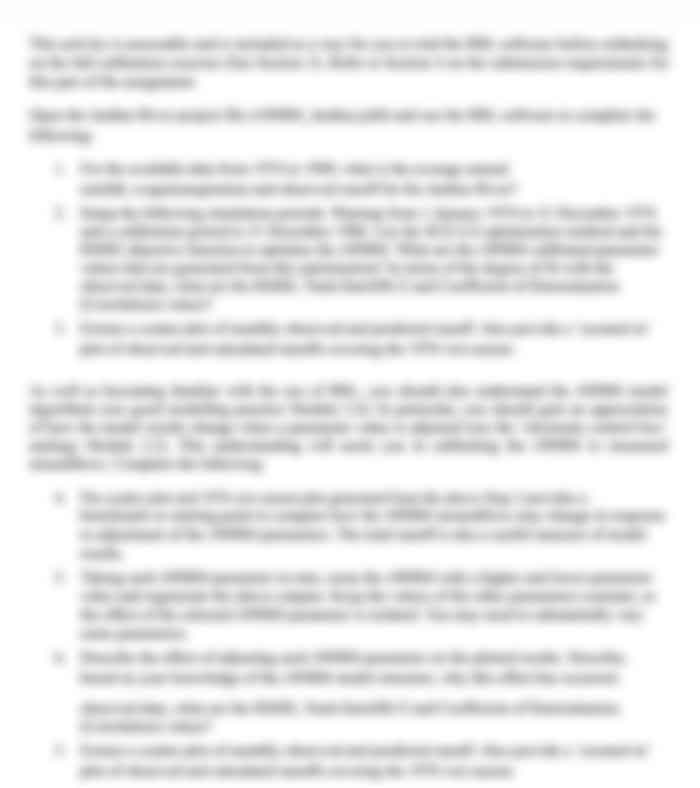Data and Visualization : Rogue waves Assignment
A rogue or freak wave is an abnormally large wave relative to the conditions. They are surface waves occurring due to gravity and are not to be confused with tsunamis which are caused by sudden impacts or shifting of the sea floor. The existence of rogue waves was confirmed in 1995 by the measurement of the Draupner wave off the coast of Norway. There have since been few empirical studies of rogue waves. One study [1] analysed six years of time series data from the South Indian Ocean offshore from South Africa over 19982003 and identified over 1500 potential rogue waves, 15 of which were unexpectedly large. The authors hypothesise that these outliers may be actual wave measurements rather than errors.
Due to the growing evidence for rogue waves, the linear model is suspected to be insufficient for predicting the likelihood of particularly large rogue waves. The model posits a linear relationship between the maximum wave height in a wave series, ?mmmmm, and the significant wave height, ?mmmm, (which is the average of the top third highest waves in a series) [2]. The study defines typical rogue waves as those whose ratio ?mmmm/?mmmmis greater than 2 and less than 4 and uncommon rogue waves as those with ?mmm/?mmm>4.
.png) For Section B of this assignment, you will analyse the dataset A1B Rogue waves.csv. The dataset contains measurements from buoys off the coast of Mooloolaba, Queensland, Australia over the period 2017-2019 and was sourced from the Queensland Government website [2]. A time series of waves is measured every half hour. This dataset contains the processed data including variables for ?mmmmmand ?mmm.
For Section B of this assignment, you will analyse the dataset A1B Rogue waves.csv. The dataset contains measurements from buoys off the coast of Mooloolaba, Queensland, Australia over the period 2017-2019 and was sourced from the Queensland Government website [2]. A time series of waves is measured every half hour. This dataset contains the processed data including variables for ?mmmmmand ?mmm.
- Liu, P.C. and MacHutchon, K.R., Are there different kinds of rogue waves?, Proceedings ofOMAE2006 25th International Conference on Offshore Mechanics and Arctic Engineering, June 4-9, 2006, Hamburg, Germany
- https://www.qld.gov.au/environment/coasts-waterways/beach/monitoringIn this section, you must use SAS to clean and analyze the dataset. The marks are awarded for:
- Correct answer/output.
- Code that you used to generate output. - Justification/explanation/ discussion.
- [2 marks] Are there any range errors for the numeric variables? Explain why/why not and explain how you would deal with them.
- [1 mark] Remove any erroneous values from the variables ?mmmmand ?mmmm. Show a table of appropriate descriptive statistics for these variables. Comment on your findings.
- [3 marks] Generate a new variable for the ratio of ?mmmm/?mmmm. Show the histogram and describe its distribution.
- 2 mark] Categorise ratio according to the classification of rogue waves:

